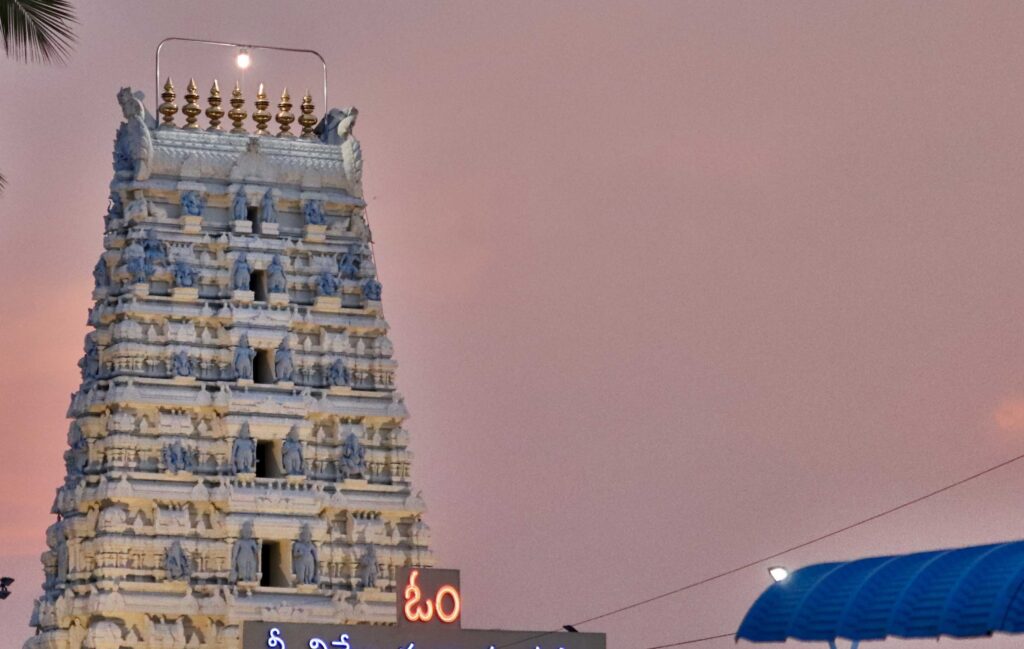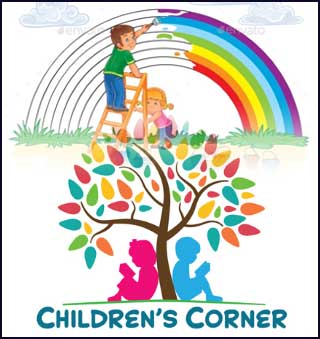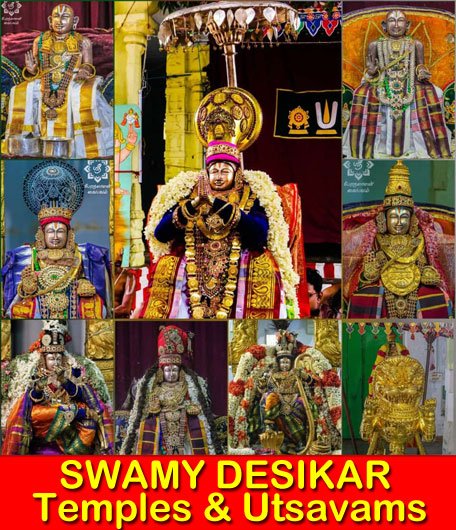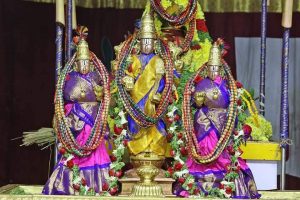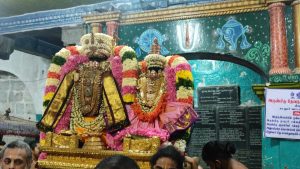A ten-day colourful festival of Vinayak Chaturthi concludes on September 19, this year, according to Drik Panchang. Madhyahna Ganesh Puja Muhurat would also be performed marking the occasion. The story goes around that when Lord Shiva lost his temper under the mistaken impression that somebody else is guarding the bathroom instead of his son, while his wife Parvathi was taking her bath, he hastened to remove Ganesh’s head, but subsequently realised his blunder and replaced it with an elephant’s head to placate his sobbing wife. From that day onwards, Lord Ganesh is depicted with an elephant’s head, a muscular torso and four arms. He is also known as Ekdanta, Lambodara and by array of other names is worshipped for changing people’s destiny, besides removing obstacles that enmeshes them.
Ganesh statues are placed on raised platforms in homes or in elaborately decorated outdoor tents. Pranapratishtha is the first step in worship and this would be followed by shhodashopachara, or the 16 ways of expressing worship. While the idols are being smeared with red sandalwood paste and yellow and red flowers, the Ganesh Upanishad and other Vedic hymns are being chanted. Additionally provided are coconut, jaggery, and 21 modaks, a sweet dumpling, a favourite dish of Ganesh. At the conclusion of the festival, huge processions of idols are taken to nearby rivers, accompanied by drumming, devotional singing and dancing. As part of a ritual, they are immersed, representing Ganesh’s return to Mount Kailas, the home of his parents.
Th devotees from various parts of the nation offer their worship to Lord Ganesh and seek his blessings. A section of people from non-Hindu religions are also worshipping Vinayaka with utmost respect in India and abroad. It is celebrated with much fanfare in Maharashtra, Gujarat, Goa, Madhya Pradesh, Karnataka, Tamil Nadu and Telangana, among other states. It is a major festival in Maharashtra with chants and hyms like, “Ganapatti Pappa Moria”. Another story depicts that Devas requested Shiva and Parvati to create Ganesh so that he can be a Vighnakarta (creator of obstacles) for rakshasas (demons), thus being a Vighnaharta (averter of obstacles), besides assisting Devas. After all, it is Vinayaka, who won the race against his brother Lord Murugan before accepting the mango from his parents after offering worship to them.
The renowned festival has been celebrated since the time of King Sivaji. It was during India’s freedom struggle that Lokmanya Tilak changed Ganesh Chaturthi from a private celebration to a grand public festival, so that people from all waks of life could come together and pray to faciliate the process for their unity. In the recent past, with growing environmental awareness, people began celebrating Ganesh Chaturthi by buying Ganesh idols made of natural clay or mitti and using only flowers and natural items for decorating pandals.
There are four main rituals which are performed during the ten-day long festival. They are Pranapratishhtha, Shhodashopachara, Uttarpuja and Ganpati Visarjan.The idols are installed in beautifully decorated pandals at homes, temples and localities. The statue is also decorated with flowers, garlands and lights. Prayers are then offered to Ganesh idol in 16 different ways. People also celebrate by singing or playing religious songs, dancing to drum beats and by lighting up fireworks. The god’s favourite dishes like Modak, Pooran Poli, and Karanji are prepared by the devotees to feed their families, friends and the guests.
Ucchi Pillayar Koil Temple at Tiruchirappalli in Tamil Nadu attracts a large number of devotees. The majestic temple was built during seventh century. According to Hindu mythology, Rockfort in the city is where Ganesh ran from Ravana’s brother, Vibhishana, after establishing the Ranganathaswamy deity by the river bank. It is pertinent to note that Lord Rama had gifted the idol of Lord Ranganatha to Vibhishana after killing Ravana. A huge Dodda Ganapathi temple is situated in Basavanagudi at Karnataka. There are many such temples all over India, especially in Andhra Pradesh and Telengana.
K.V. Venugopal. Chennai


